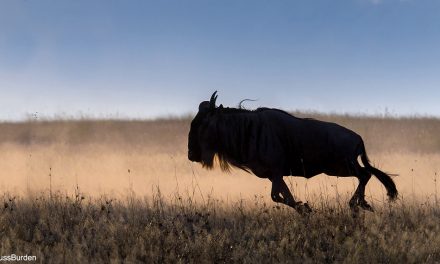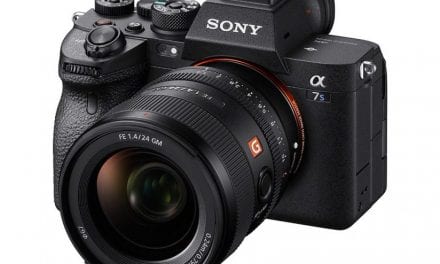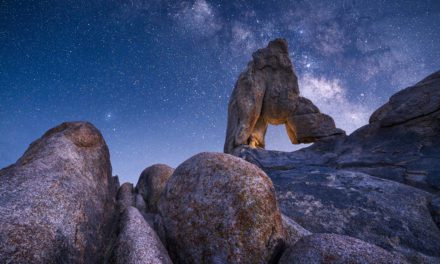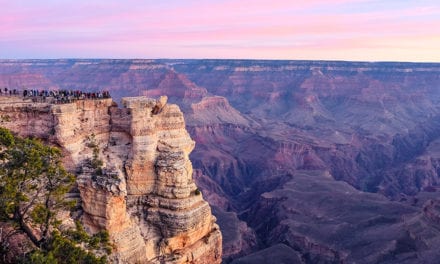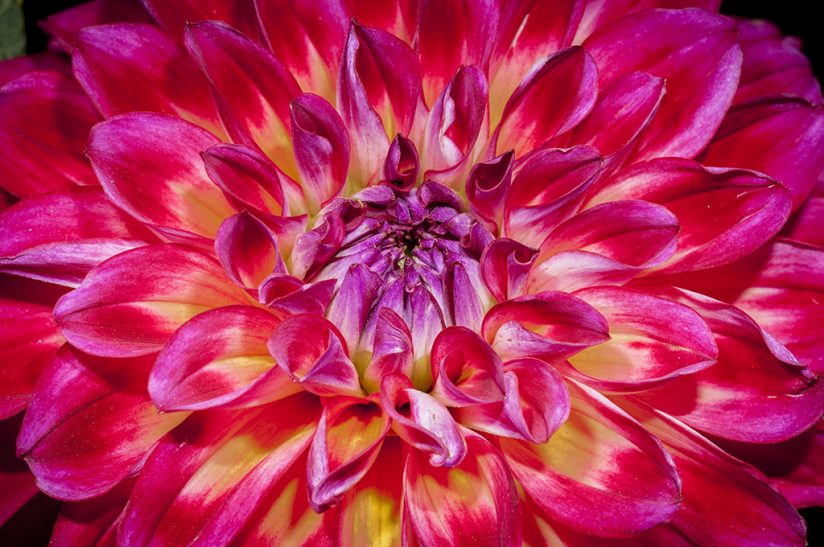
Part one of this three-part flower photography series focused on the importance of light and part two on the importance of the background. Now, in the final part, we’ll take a look at specimen choice.
Let’s face it. Not every flower you encounter is a good specimen. The goal is to find one with excellent form and color. Factors that impact their beauty are the seed from which it grew, wind, sun, bugs and age. Be patient, persistent and observant to find pristine petals of perfection.
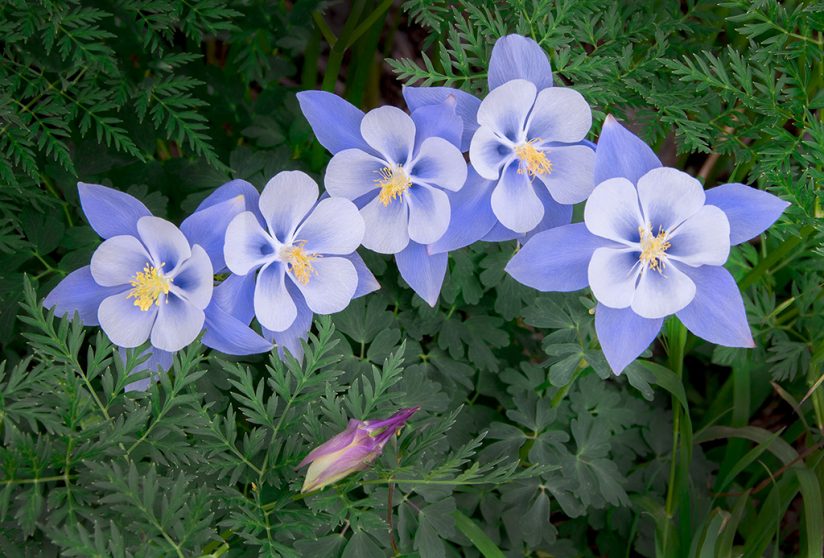
When I’m in the field, I slowly wander and listen for a flower that calls, “I’m the one.” Depending on what I find, some days I come back not having shot a frame, while on others I fill a memory card. To better my odds, a portion of my backyard is a flower garden. I grow flowers I want to photograph. I often check what buds have opened and whether or not they’re pristine. On any given summer day, I have subjects.
Subject Options
Should I photograph a single flower or a cluster? How about a newly opened bud next to one that’s just forming? Should I photograph the expanse of the field to create a sprawling scenic? Will the flower look better in natural light or should I augment it with flash? Always have these thoughts in your head to exhaust the photographic possibilities of what will net the best possible image.
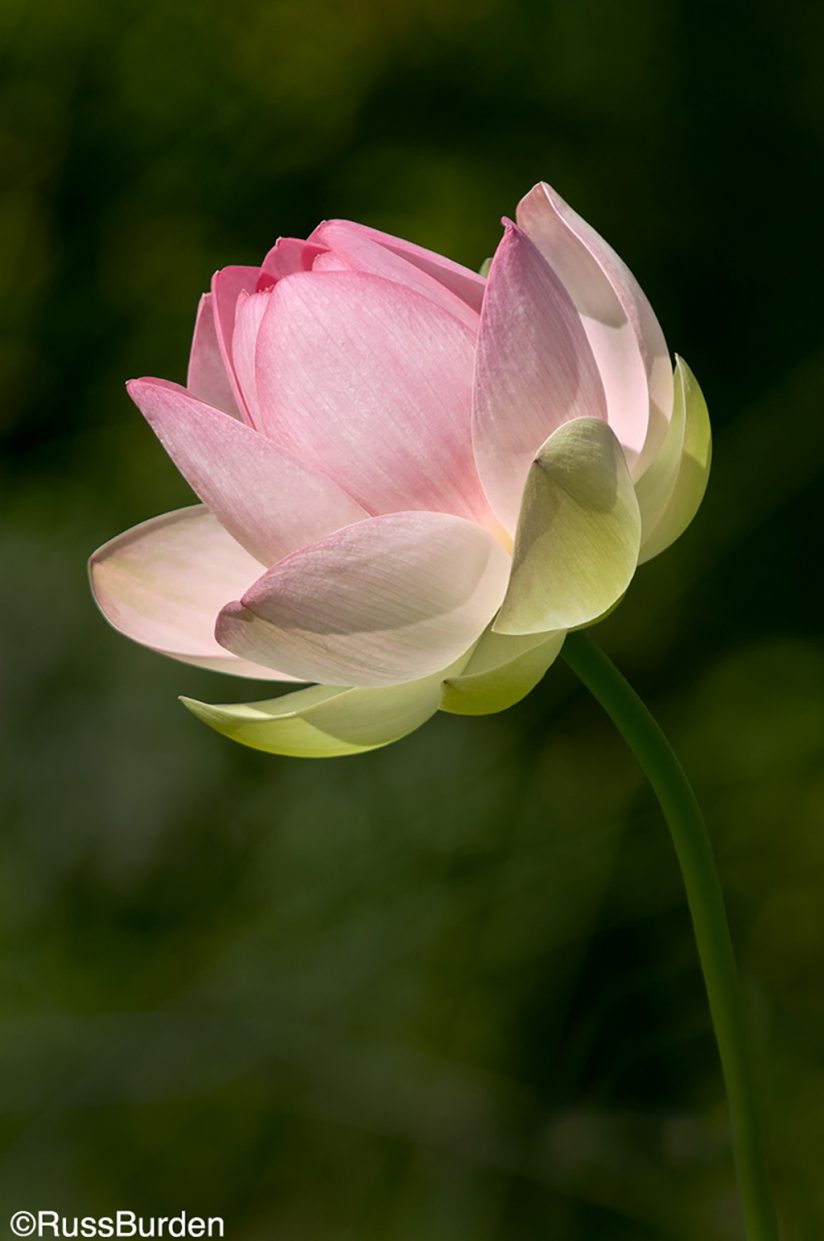
One way to modify the look of the image is to spray a flower to simulate early-morning dew. In an atomizer, I place a mixture of water and glycerine. The glycerine provides better adherence of the water to the petals and makes the drops rounder. It comes in a small bottle and is available in drug stores. Another one of my favorite tricks involves plain water. Often a flower grows in front of a log or rock, and more times than not, the log or rock is brighter than the flower. To darken these bright areas, I pour a small amount of water over the rock or piece of wood. This makes the flower stand out and maintains a natural look.
Other ways to get creative is to do a double exposure, a long exposure of wind-blown flowers, shoot through textured glass, zoom the lens during a long exposure or work from ground level with extreme wide-angle lenses and shoot up into the sky and sun. Regarding double exposures, the first is the flower in sharp focus, and on the same RAW file, I defocus the lens and shoot it again. This creates a halo of color around the sharp rendition, which yields a dream-like quality to the image.
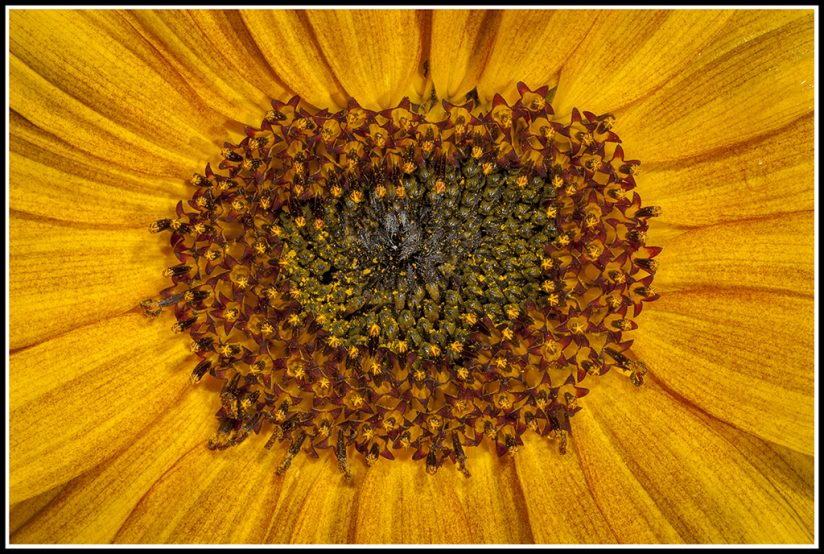
Get Close
Flowers are small subjects. To get in close, supplemental devices need to be used. The choices are simple: close-up filters, extension tubes or a true macro lens. An additional way is to reverse mount a normal lens, but I’m not an advocate of this method. Close up filters are the cheapest and easiest to use. They screw onto the end of a lens and act as a magnifier. Through-the-lens metering is maintained whether ambient light or a dedicated flash is used. They do differ in quality. I strongly recommend buying dual element ones made by Nikon or Canon. They’re more expensive but well worth it.
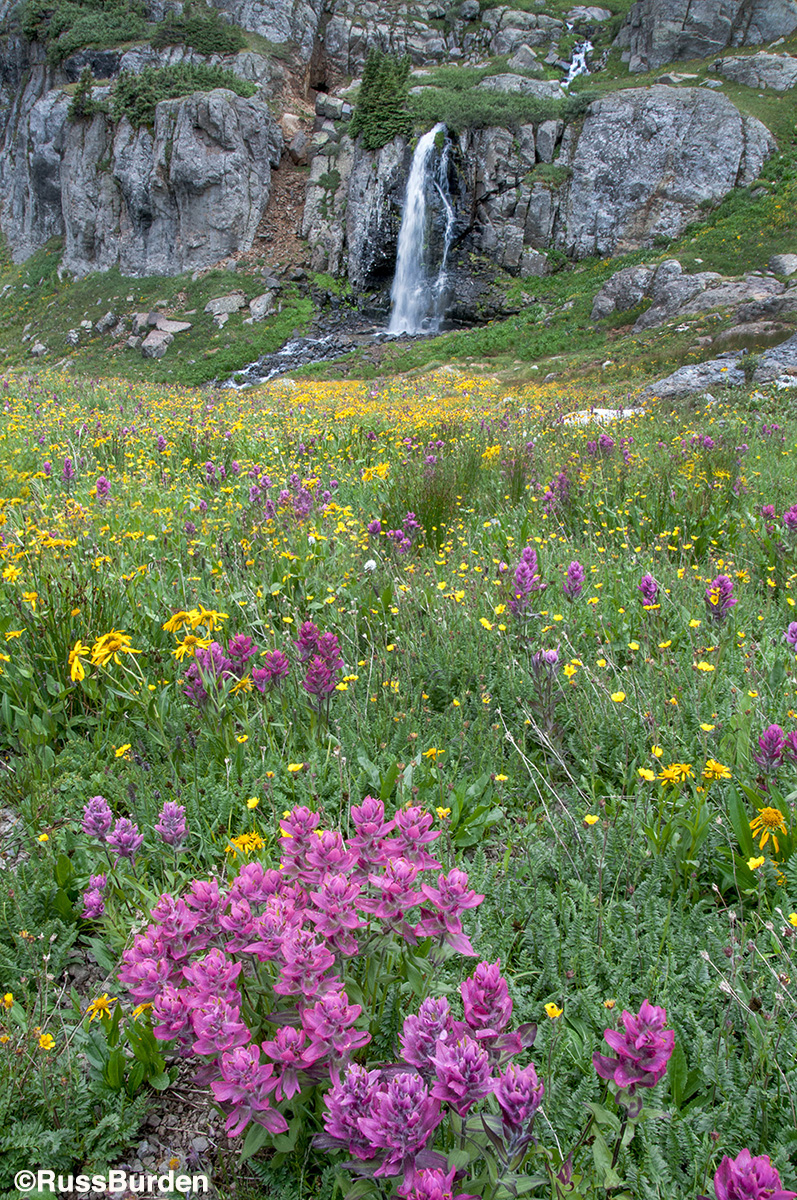
The most costly way to get frame-filling images is to use a true macro lens. They can be quite expensive, but the edge-to-edge sharpness is remarkable. They’re as easy to use as any other lens and can be used for normal photography.
I find longer focal length macro lenses more advantageous for three reasons:
- The field of view is narrower which limits the amount of background in the picture.
- The distance between the photographer and subject is greater.
- Lastly, when flash is used, the distance between the subject and camera is enough to prevent the flash from flaring back into the lens. With short focal length macro lenses, the working distance can be so close there’s no room to angle a flash toward the subject.
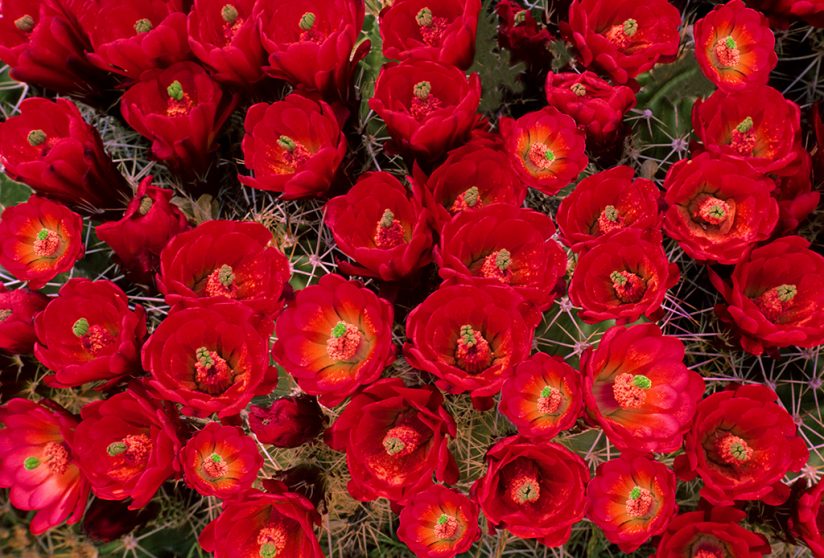
As your love for floral photography grows, so will your desire to go where the flowers are prolific. A good start is your backyard, a friend’s garden or even local greenhouses. You’ll soon find yourself yearning for a membership to the local botanical gardens or look to join a local garden club. And just maybe, as you track the flowering hot spots across the U.S., I’ll see you in the high country of Colorado in mid-July, the poppy fields of California in the spring or the flowering displays of blue bonnets and lupine in Texas.
To learn more about this subject, join me on a photo safari to Tanzania. Visit www.russburdenphotography.com to get more information.
The post Flower Power, Part 3 appeared first on Outdoor Photographer.











